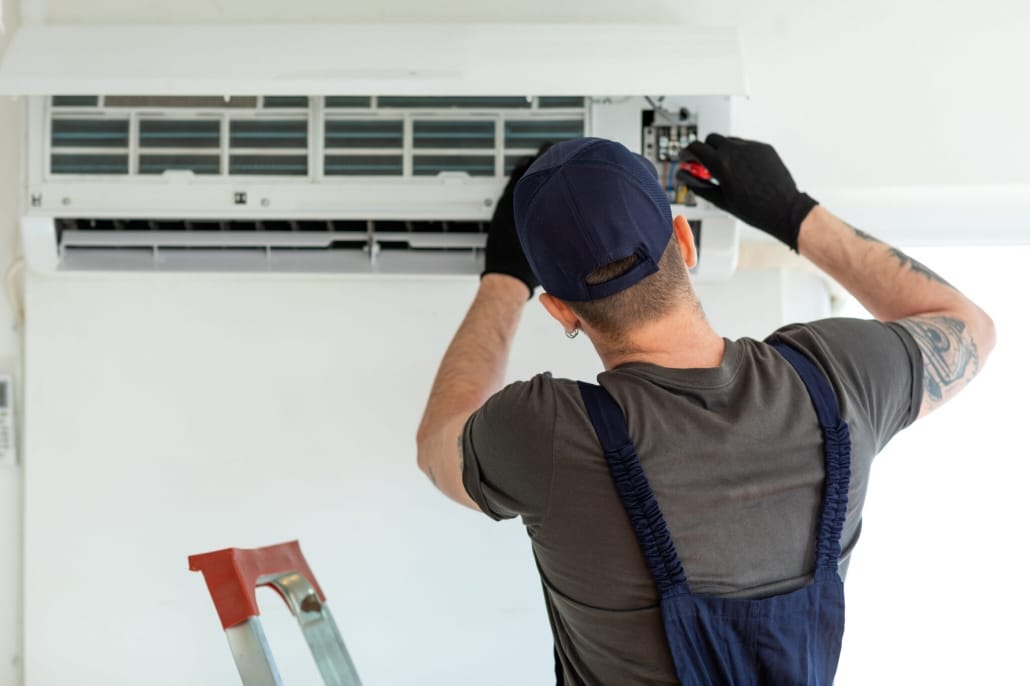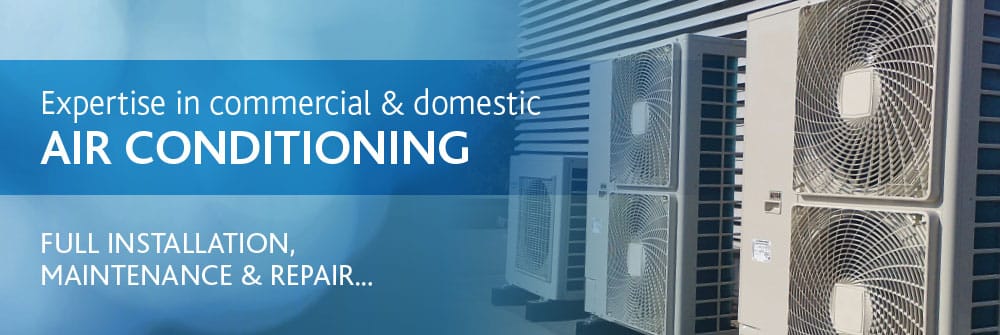Why Is My Commercial Refrigeration Not Cooling? Troubleshooting Tips and Solutions
A properly functioning commercial refrigeration system is critical for food and beverage businesses. When your commercial refrigerator fails to cool properly, it can result in spoilage, potential health risks, and financial losses. Understanding the most common causes of cooling problems can assist you in quickly diagnosing and resolving the issue. In this article, we will look at some of the most common reasons for commercial refrigeration not cooling and offer troubleshooting advice and solutions.
Common Causes of Commercial Refrigeration Not Cooling
1. Thermostat Malfunction
A faulty thermostat is a common cause of cooling problems in commercial refrigeration systems. If the thermostat is not working properly, it may fail to properly regulate the temperature, resulting in insufficient cooling. Check the temperature settings and, if necessary, consider replacing the thermostat.
2. Dirty Condenser Coils
Condenser coils are critical in transferring heat from the refrigeration system. These coils can accumulate dust, dirt, and debris over time, impairing their ability to dissipate heat effectively. To ensure peak performance, inspect and clean the condenser coils on a regular basis. To remove any buildup, use a soft brush or a vacuum cleaner.
3. Insufficient Airflow
Airflow restrictions can stymie the cooling process. Make sure the refrigerator’s vents, fans, and air ducts are clear of debris. Blocked vents or a faulty fan can prevent proper air circulation, resulting in insufficient cooling. To maintain proper airflow and improve cooling efficiency, clean or replace air filters on a regular basis.
4. Refrigerant Leaks
A refrigerant leak is a serious problem that can lead to insufficient cooling and compressor damage. Listen for hissing sounds or look for oil stains around the refrigeration system if you notice a decrease in cooling performance. If a leak is suspected, contact a professional refrigeration technician immediately to repair the leak and recharge the system with the proper amount of refrigerant.
5. Compressor Problems
A refrigeration system’s heart is the compressor. Cooling issues can arise if the compressor is faulty or not functioning properly. Excessive noise, failure to start, or irregular cycling are all indications of compressor problems. In such cases, it is best to seek the help of a qualified refrigeration technician to diagnose and resolve the issue.
6. Overloading or Poor Organization
Improperly loaded or organised items inside the refrigerator can obstruct airflow and prevent cold air from effectively circulating. Check that the refrigerator is not overloaded with items and that there is enough space for proper airflow. Additionally, to ensure even cooling, organise the contents strategically, keeping perishable items away from the refrigerator walls.
Conclusion
A faulty commercial refrigeration system can be a major source of concern for businesses that rely on proper cooling to preserve perishable items. You can quickly identify and resolve the problem if you understand the common causes of cooling issues and follow the troubleshooting tips and solutions outlined in this article. Remember that it is always best to consult a professional refrigeration technician for complex issues or if you are unsure of the cause to ensure the optimal operation of your commercial refrigeration system.
Commercial refrigeration repair service from Active Refrigeration and Air Conditioning can provide you with reliable maintenance services. By getting your refrigeration equipment serviced regularly, you can avoid major repairs.

